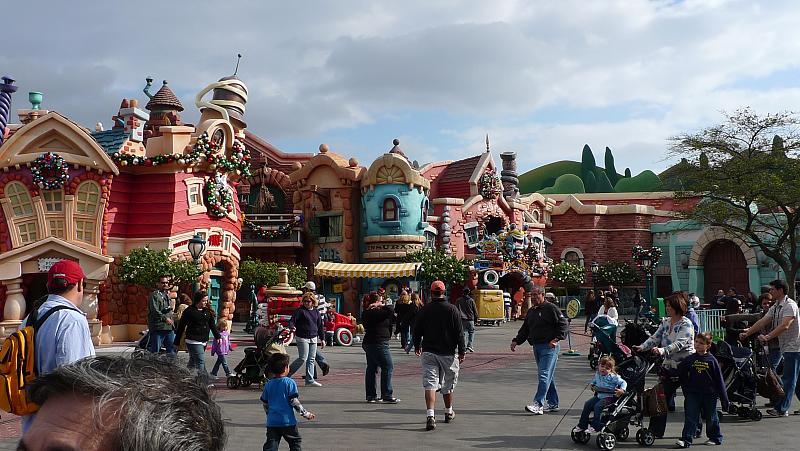Widely popularised by Disney, the concept of “imagineering” comes from its two words of origin:
Imagination, which is the act of dreaming and visualising a desired end-state;
and
Engineering, which is the pragmatic process of constructing and building to put it in place.
Contrary to popular belief, the word first came about not from Disney but Alcoa – a metal producing firm (short for the Aluminium Company of America). I love how they developed this idea in a Time magazine ad in 1942, which goes like this:
“For a long time we’ve sought a word to describe what we all work at hard here at Alcoa… IMAGINEERING is the word… Imagineering is letting your imagination soar, and then engineering it down to earth”
Over at Disney, imagineering is responsible for the building of rides and attractions at its multiple theme parks. While the ideation and brainstorming process is important, it is also critical that these flights of fancy be shaped into a concrete and coherent form. According to Wikipedia, it works on a few core principles:
1) The need to fulfill specific requirements. For example the California Adventure ride called Soarin’ Over California was created to allow guests to enjoy the sensation of flight, but to do it in a cost effective manner where all guests can have an ideal viewing position.
2) The archiving of ideas that can be developed and elaborated upon for future uses. In the case of Disneyland, one of the early attractions called the Museum of the Weird was repurposed later to become the Haunted Mansion.
3) The principle of “blue sky speculation” where ideas are generated without any limitations whatsoever in a paradisiacal world.
4) The necessity of always improving upon one’s work, ensuring that there is room for constant innovation.
5) The objective of telling a story in the most immersive and holistic manner. This means that every detail, no matter how tiny, is taken care of.
I believe that these principles are just as important to smaller companies and businesses in Singapore, as they are to corporate behemoths like Disney and Alcoa.
To succeed in a crowded marketplace such as ours, one needs to look at solving any forms of customer inconvenience as much as possible. Be relentless in the drive towards perfection and leave no stone unturned in the bid to provide exceptional experiences.
One should also possess an unfettered imagination and a bold desire to transform the consumer offering. Do not be hemmed in by the limitations of conventional wisdom from the onset. Instead be daring in setting new benchmarks that differentiate yourself radically from your competitors.
While doing so, be meticulous in record keeping and ensure that you have proper files of ideas that could be rehashed for future innovations. These archival inputs could be more important than you think.
Finally, and perhaps most importantly, one should not neglect the mechanics of making things work. While building those all important castles in the sky, do consider how you could engineer and construct the physical/process/people solutions needed to achieve those lofty goals.


